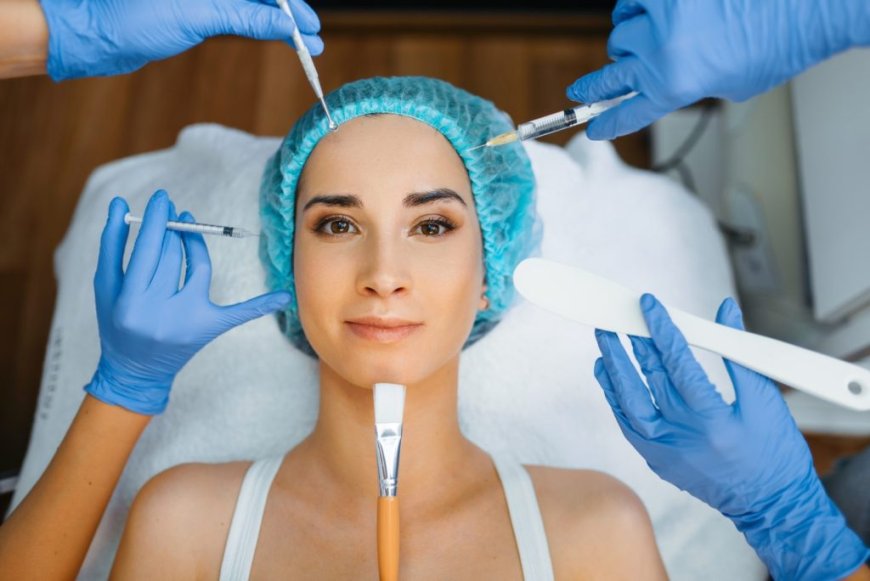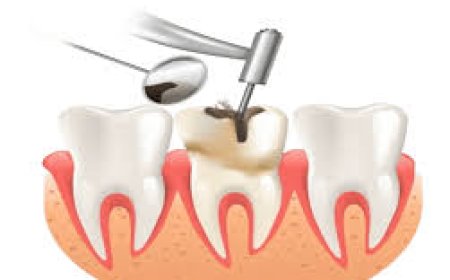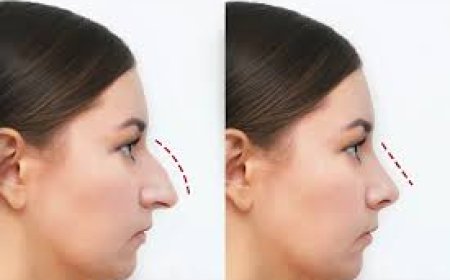Chemical Peel Treatment: A Simple Way to Improve Your Skin
Erase years from your face with a chemical peel treatment that renews your skin, clears acne marks, and brightens your complexion quickly.

If your skin feels dull, uneven, or tired, achemical peel treatment might help. This method removes the top layer of dead skin, giving you a cleaner and brighter face. Many people use this solution to deal with problems like dark spots, acne scars, and early signs of aging. The best part? It doesnt take long, and you dont need to take days off to recover.
You might have already tried face scrubs, creams, or masks with little or no results. A professional peeling session goes deeper and works faster. It uses a special solution that breaks down dead cells and pushes new ones to the surface. This gives your skin a healthy look in less time than most at-home options.
What Is a Facial Peel?
A facial peel is a skin treatment that uses a mild acid solution to remove the top layers of your skin. The solution gently breaks down dull, dry skin so that fresher, softer skin can come through. You may see a little peeling or redness for a day or two, but then your skin begins to look brighter and feel smoother.
There are different types of peels, from very light to stronger ones. Light ones are great if you want to clean up your skin without any visible peeling. Stronger ones can work better for deep marks or uneven tone but might cause more peeling for a few days.
Common Skin Problems This Can Help
Peeling treatments can help many different skin concerns. Some of the most common include:
1. Uneven Skin Tone
Dark patches from sun damage or acne can stay on your face for years. A peeling solution helps fade these spots over time, making your skin tone more even.
2. Acne and Acne Scars
If you still get breakouts or have leftover marks from them, peeling can help clear the pores and improve the texture of your skin. It also reduces oil buildup, which may prevent new breakouts.
3. Dry and Rough Skin
When dead skin builds up, it blocks moisture. A peel clears the way for your skin to absorb creams and serums better, keeping it softer and hydrated.
4. Fine Lines
These treatments can smooth out tiny lines, especially around the mouth and eyes. Over time, your skin feels firmer and looks younger.
What Happens During the Treatment
Before your appointment, a skin expert will take a close look at your face and ask you about your skin issues. Theyll choose the type of solution that fits your needs.
The process itself is quick and takes about 3045 minutes. First, your skin is cleaned. Then, the peeling solution is brushed onto your face. You may feel a light tingling or warmth, but it shouldnt hurt.
After a few minutes, the solution is removed, and a soothing cream is applied. Your skin may be red or dry for a short time, but this usually fades within two or three days.
What You Should Do After
After the treatment, your skin will be more sensitive. You should follow these simple steps:
-
Use sunscreen daily
-
Avoid strong products for a few days
-
Dont pick at peeling skin
-
Keep your face clean and moisturized
Most people notice a glow just a few days after their session. If you have deeper concerns, you might need a few more treatments for better results.
Types of Peeling Treatments
There are many kinds of solutions used in this treatment. Some common types are:
- Glycolic Acid Peel
Good for dry or aging skin. It helps remove rough skin and makes the face look smoother.
- Salicylic Acid Peel
Often used for oily or acne-prone skin. It clears clogged pores and reduces breakouts.
- Lactic Acid Peel
Mild and good for sensitive skin. It hydrates while improving texture.
- TCA Peel
A medium-depth peel that can help with deep spots, acne scars, and fine lines.
Each one has its job, soits important to speak to a skin expert before choosing one.
How Often Should You Do It?
For light peels, once every 24 weeks is safe. Medium peels can be done every couple of months. Your skin expert will guide you on how often you need it, depending on your skin type and the results youre hoping for.
Doing it too often can irritate your skin, so its better to space them out and give your skin time to heal.
Who Can Get These Treatments?
Most people can benefit from these treatments. But if you have very sensitive skin, eczema, or open wounds, its better to wait. Pregnant or breastfeeding women should also talk to a doctor first.
People with darker skin tones should choose milder peels to avoid uneven light patches. Again, a professional will know what works best for you.
What Are the Risks?
Mild peels usually have very few side effects. You may notice:
-
Redness
-
Dry patches
-
Light peeling
-
Itching or tightness
These go away in a few days. Medium or deep peels may take longer to heal, but youll also see stronger results.
Always follow the aftercare steps to avoid problems like infection or dark spots.
How Much Does It Cost?
The cost depends on the type of peel and where you get it done. In Australia, prices can range from $80 to $270 per session. Some places also offer packages or discounts if you book more than one session.
While it may seem like a lot, think about the cost of creams and serums that dont work. This treatment gives visible results without wasting money on products that sit on your shelf.
Say Goodbye to Dull Skin
If youve been struggling with dull skin, acne marks, or uneven tone, chemical peel treatment could be a simple and helpful solution. Its fast, effective, and doesn't involve complex tools or recovery time. You dont need to keep switching between skin products or try expensive treatments that have no change.
For trusted advice and expert care, many people visit Dr. Sana Aesthetics. They offer different options that suit your skin type and help you get clearer, healthier skin.
Let your skin breathe and shinesometimes all it takes is one good step in the right direction.

































